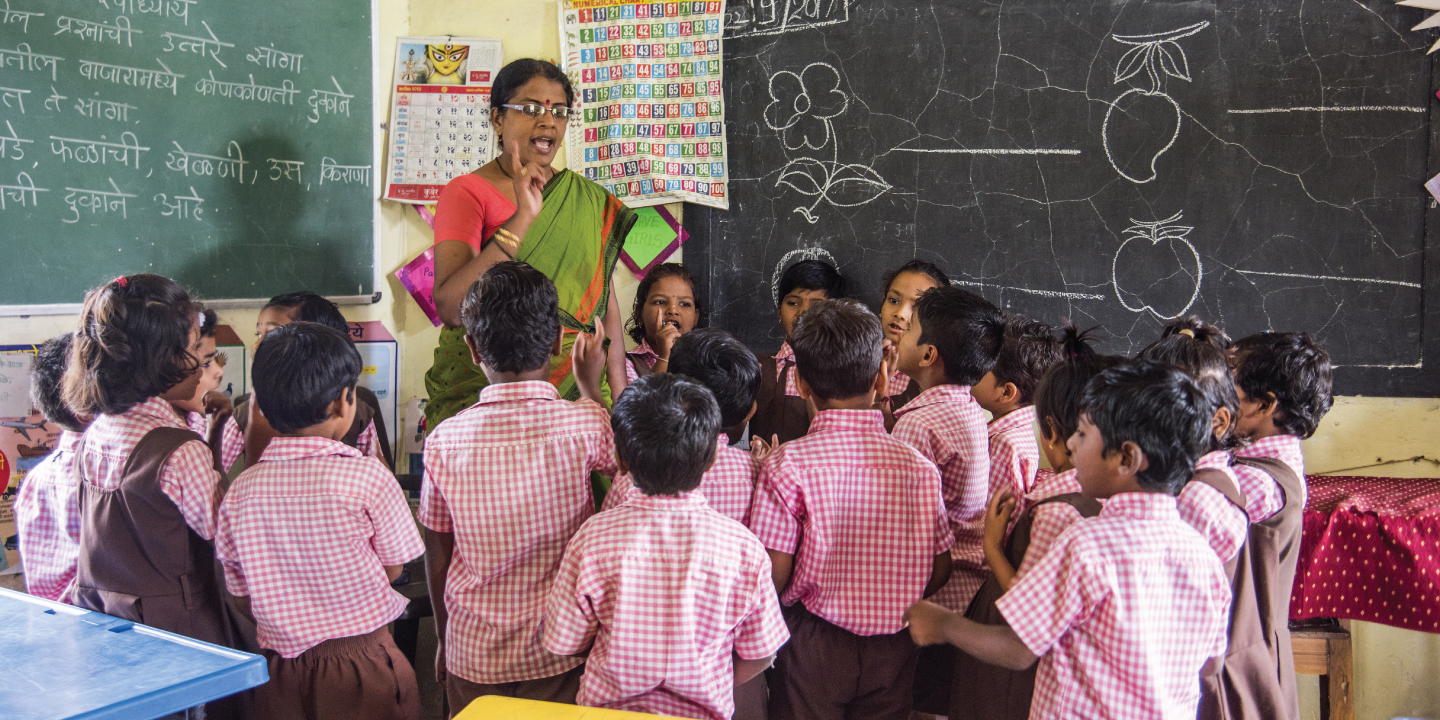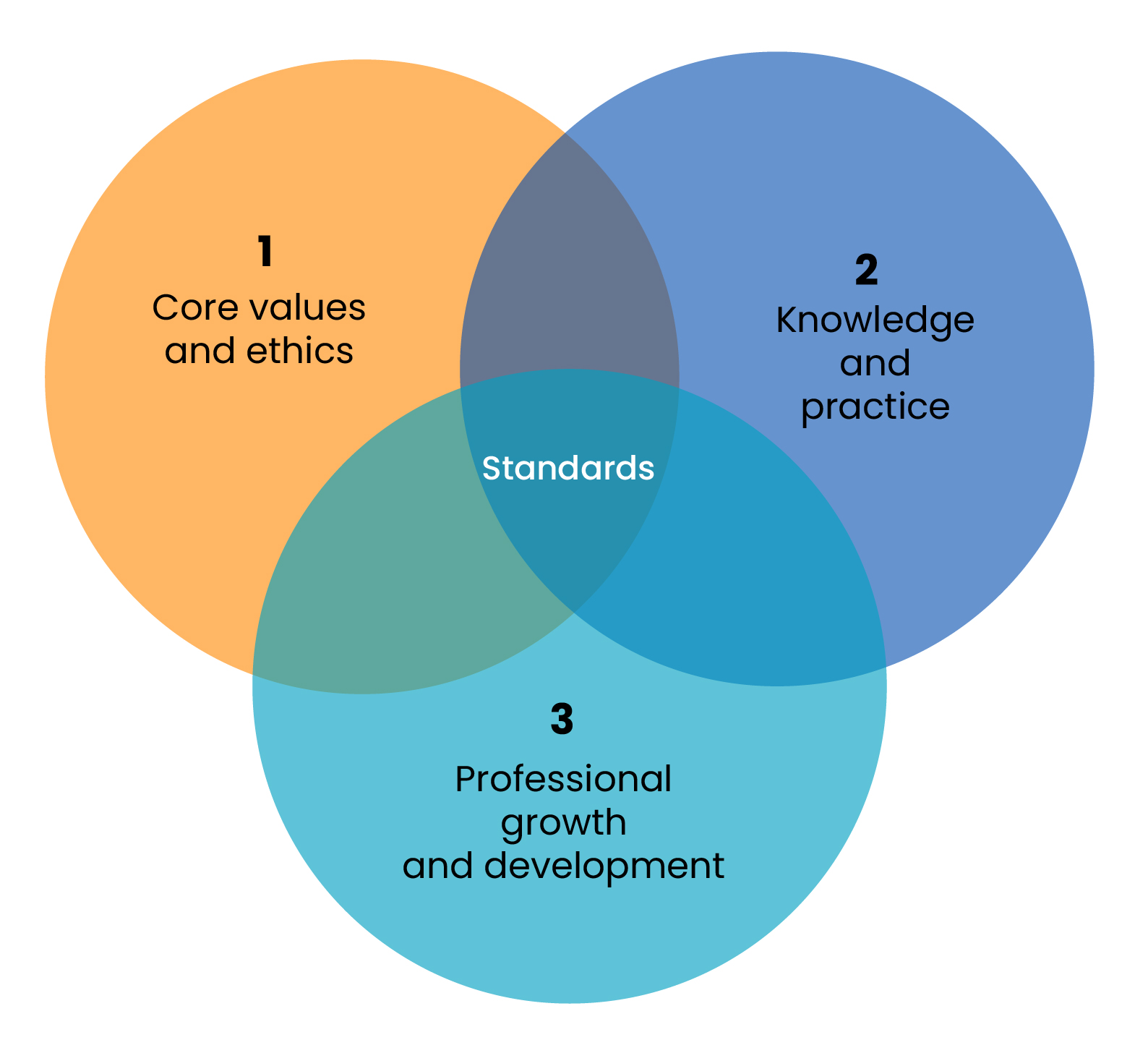
A tool to gauge teaching performance
ACER news 3 Oct 2024 6 minute readACER India has developed a tool for classroom observation that enables schools to make informed decisions about teachers’ professional development.
The National Education Policy 2020 places teachers at the centre of the fundamental reforms envisaged for the Indian education system.
Research shows there is a lack of reliable information that teachers can use to support their professional growth, consequentially affecting classroom instructions.
Teachers’ professional learning needs can be better determined with the help of assessments, enabling school leaders to make informed decisions about professional learning investments. However, these assessments of teaching performance need to occur regularly to enable timely feedback on strengths and development needs.
Systematic classroom observation allows for an in-depth, real-time assessment of teaching practices, classroom dynamics, and instructional strategies. It helps teachers to aim to provide high quality education to all students.
Systematic classroom observation
Systematic classroom observation is a qualitative and quantitative method to measure classroom dynamics through close observations. Events and behaviours are recorded to indicate teaching performance. It isn’t merely a tool for assessment but also a critical component for professional development.
In addition, systematic classroom observation relies on a standardised framework or rubric that uses predefined indicators to evaluate various aspects of teaching, such as lesson planning, instructional delivery, classroom management, student engagement, use of assessment and feedback, etc. This ensures that observations are objective, consistent, and focused on specific criteria.
A meta-analysis showed that actionable and targeted feedback, grounded in classroom observations, significantly enhances teaching and learning practices and effectiveness. The study highlighted that teachers who receive observation-based feedback are more likely to make meaningful changes to their instructional practices.
Our approach to systematic classroom observation
ACER India has developed a classroom observation tool that is designed to be comprehensive, covering a broad range of instructional practices while remaining manageable for observers to use.
The development of the tool is guided by the National Professional Standards for Teachers (NPST) Guiding Document that outlines principles which shape teaching performance in the classroom. The framework comprises 3 interrelated areas called 'standards', covering multiple domains and sub-domains, with descriptors for three levels of developmental progression.
Fig 1: The standards identified by the NPST

An initial framework for the assessment of teaching performance - based on the above - was prepared, which then led to the development of a classroom observation tool with specific descriptors, adopted and adapted from the ACER School Improvement Tool.
The systematic classroom observation tool contains multiple domains and sub-domains that include communication and demeanour, learner involvement and engagement, setting expectations and preparedness, subject knowledge and teaching strategies, classroom management, and closure. It is also populated by multiple sub-domains, each detailing indicators and their progression across three levels, ‘Beginner’, ‘Proficient’, and ‘Advanced’.
Implementation of the tool
We’re working with Scholars Rosary School in Rohtak, Haryana, to support reflection on their teaching and learning practices. The classroom observation tool was implemented to identify professional learning needs and plan targeted interventions.
Over 3 months, observers focused on various aspects of teaching across different subjects and grade levels. The observations revealed both strengths and areas for improvement, leading to targeted feedback for teachers.
We conducted the first round of observations and recorded anecdotes or descriptions of specific teacher actions. By thoroughly analysing the recorded data and aligning them to the indicators in the observation tool, we placed teacher performance at appropriate levels of proficiency, thus establishing the foundational insights needed for targeted professional development.
We also provided feedback and suggestions for improvement through ‘circle time’ with subject experts. Effective and consistent implementation of the initiative is likely to facilitate the improvement of teacher performance.
Ensuring sustainability
The next step is focused on maintaining a continuous and sustainable observation and feedback loop. We trained grade coordinators, responsible for a team of teachers, on how to use the tool and give meaningful feedback.
Presently, grade coordinators and the ACER India team are conducting frequent and periodic observations respectively, that can provide snapshots of daily teaching practices and offer deeper insights about the flow of a complete lesson and best practices.
Enhancing teacher professional growth
The impact of systematic classroom observation extends beyond individual teacher development. When implemented across a school or educational system, observations can lead to significant improvements in teaching quality and student outcomes.
With the help of our evidence-informed tool for systematic, objective, and consistent approach to assess teaching practices, schools can enhance the quality of instruction, support professional development, and ultimately achieve improved student learning outcomes.